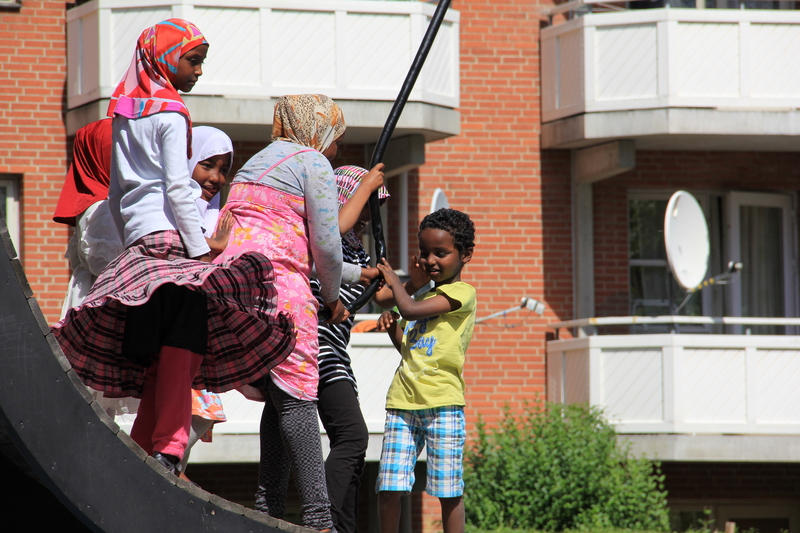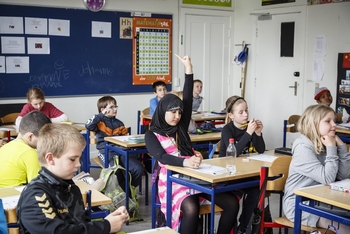What do we really know about integration in the Nordic Region?

For the first time, we now have detailed and harmonised statistics for the whole of the Nordic Region. Vebjørn Aalandslid, senior adviser at Statistics Norway, was the project manager.
“Very few rigorous attempts have ever been made to compare the same groups of immigrants and their descendants in different countries in terms of education, work and exclusion. What we have here is a fairer basis for comparison,” Aalandslid explains.
Only the Nordic Region has the ability to compare statistics on these topics and the potential for comparative analyses is huge. No other region in Europe generates corresponding data. Although a number of Nordic surveys on integration and immigration had been conducted in the past, they had been sporadic and different countries often used different definitions.
What we have here is a fairer basis for comparison.
First steps
The Nordic statistics databasewww.nordicstatistics.org now publishes 11 tables of statistics on population, education and work including groups excluded from both. The Nordic Council of Ministers provided DKK 1 million to fund the project. Catrine Bangum, Senior Adviser with responsibility for integration, is delighted with the new statistics and would like to see further work done on them.
“The new statistics provide a snapshot, but the aim is regularly updated statistics. After the refugee crisis, the Nordic countries launched various types of integration programmes, and it will be interesting to measure their effectiveness. These statistics allow us to monitor and compare trends in the different countries over time,” she says.
Aalandslid is also interested in the long-term aspect and thinks that follow-up work on the statistics for immigration and integration is essential.
“It is incredibly important because the initiatives often consist of stand-alone projects, with the analysis conducted once and at a particular point in time. You need longitudinal data to generate good statistics and follow trends over time, not just snapshots. It's much more fun to watch a video than look at still images,” he says.
As yet, the statistics are only from 2016/2017, but the goal aim is to update them annually and make it possible to monitor trends. In the longer term, it will be possible to add statistics on unemployment, income, occupation, hours worked and demographic trends.
These statistics will allow us to follow and compare trends in integration in the Nordic countries over time.
Similar but different
Two of the common denominators in all of the Nordic countries are relatively high drop-out rates from further education and relatively high unemployment rates among the descendants of immigrants from Africa and Asia. Men from these groups also drop out of education more often than women. The statistics reveal relatively large differences between the countries. Schools in Norway and Finland have better retention rates for immigrants than schools in Sweden but immigrants from Africa and Asia are more likely to have a job in Sweden than in the other countries. Aalandslid thinks it is difficult to say that one country is better than another. They all have their strengths and weaknesses.
“The main thing is to show the differences between the countries. Some do better in education, others in employment. Overall, it is difficult to say that any one country is better than the others,” he points out.
What can we learn?
The theme for the conference at which the new statistics were presented was: Where do we stand, where are we going and what can we learn from each other? In other words, for what purposes will the new statistics be used? Aalandslid thinks they will contribute to a more knowledge-based debate with actual figures that reflect the situation today and the trend over time. They also provide a valuable snapshot.
“This is interesting management data for the national governments, who can learn from each other. For example, I think we should look to Sweden and ask why Somalians who have lived there for a long time have much higher employment rates than in Denmark and Norway,” Aalandslid rounds off.




